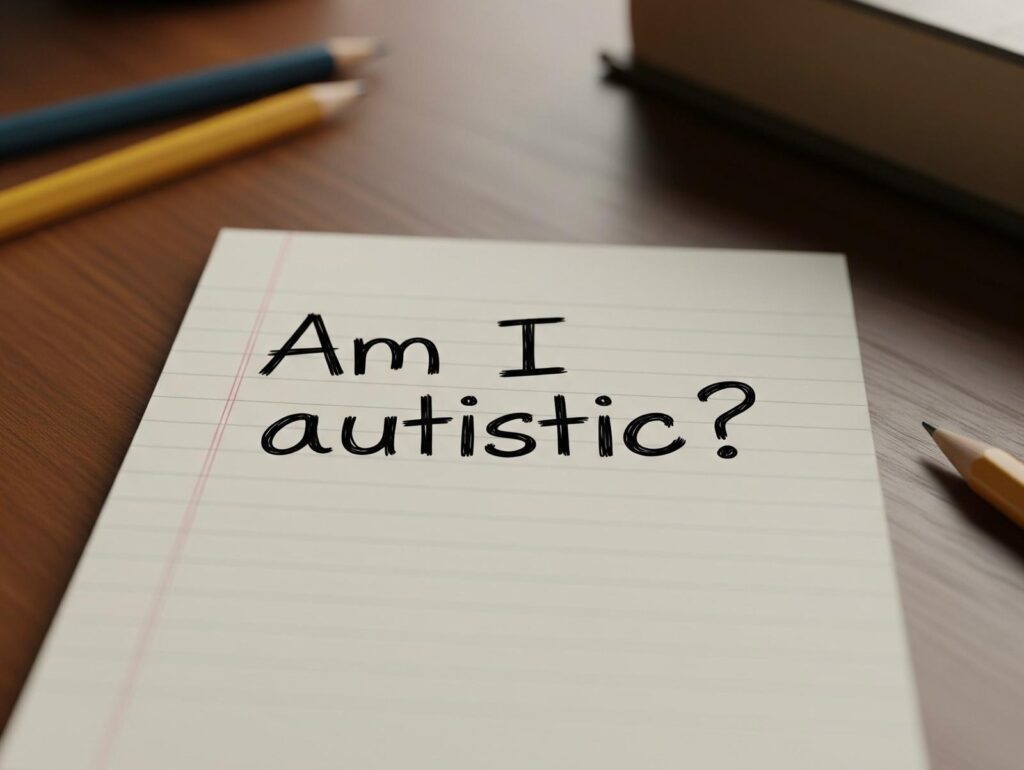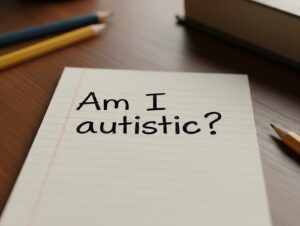Stress and anxiety are often used interchangeably, but they are distinct experiences with different causes, symptoms, and treatments. Understanding the differences between stress and anxiety is crucial for effective management and improving mental well-being. This article explores the nature of stress and anxiety, their symptoms, causes, and provides strategies for managing both, supported by scientific research and expert insights.
What is Stress?
Definition and Causes
Stress is a response to an external stimulus that disrupts an individual’s equilibrium. It is often a reaction to challenges or demands, such as work pressure, financial difficulties, or personal relationships (Lazarus & Folkman, 1984). Stress can be acute (short-term) or chronic (long-term), depending on the nature and duration of the stressor.
Symptoms of Stress
Stress manifests in various ways, including physical, emotional, and behavioural symptoms:
- Physical Symptoms: Headaches, muscle tension, fatigue, sleep disturbances, gastrointestinal issues.
- Emotional Symptoms: Irritability, frustration, mood swings, feelings of being overwhelmed.
- Behavioural Symptoms: Changes in appetite, procrastination, increased use of alcohol or drugs, withdrawal from social interactions (American Psychological Association, 2020).
What is Anxiety?
Definition and Causes
Anxiety is a feeling of worry, nervousness, or unease about an imminent event or something with an uncertain outcome. Unlike stress, which is a response to a specific external factor, anxiety is often internal and can persist even in the absence of an immediate threat (American Psychiatric Association, 2013). Anxiety disorders, such as generalised anxiety disorder (GAD), social anxiety disorder, and panic disorder, are characterised by excessive and persistent worry that interferes with daily functioning.
Symptoms of Anxiety
Anxiety can also present physical, emotional, and behavioural symptoms:
- Physical Symptoms: Rapid heartbeat, sweating, trembling, dizziness, shortness of breath.
- Emotional Symptoms: Excessive worry, fear, restlessness, difficulty concentrating.
- Behavioural Symptoms: Avoidance of anxiety-provoking situations, compulsive behaviours, difficulty sleeping (National Institute of Mental Health, 2018).
Key Differences Between Stress and Anxiety
Source
- Stress: Typically caused by external factors, such as work, relationships, or financial pressures.
- Anxiety: Often internal and can exist without a specific external trigger, characterised by persistent worry.
Duration
- Stress: Usually temporary and related to a specific situation or event.
- Anxiety: Can be chronic, lasting for months or years, and may not be tied to any particular event.
Impact on Daily Life
- Stress: Can motivate individuals to take action and solve problems but can become harmful if chronic.
- Anxiety: Often interferes with daily functioning and can lead to avoidance behaviours and other mental health issues.
Managing Stress
Strategies for Managing Stress
- Identify Stressors: Recognising what causes stress is the first step in managing it. Keeping a stress diary can help identify patterns and triggers (American Psychological Association, 2020).
- Time Management: Prioritising tasks and breaking them into manageable steps can reduce feelings of being overwhelmed.
- Physical Activity: Regular exercise helps reduce stress hormones and promotes overall well-being (Salmon, 2001).
- Relaxation Techniques: Practices such as deep breathing, meditation, and yoga can help calm the mind and reduce stress levels (Smith et al., 2014).
- Social Support: Connecting with friends and family provides emotional support and can help mitigate the effects of stress.
Managing Anxiety
Strategies for Managing Anxiety
- Cognitive-Behavioural Therapy (CBT): CBT is an effective treatment for anxiety disorders, helping individuals challenge and change negative thought patterns (Hofmann et al., 2012).
- Mindfulness and Meditation: Mindfulness practices help individuals stay present and reduce anxiety by focusing on the here and now (Kabat-Zinn, 1990).
- Medication: In some cases, medication such as selective serotonin reuptake inhibitors (SSRIs) or benzodiazepines may be prescribed to manage anxiety symptoms (Baldwin et al., 2011).
- Lifestyle Changes: Regular exercise, a balanced diet, and adequate sleep are crucial for managing anxiety (Sharma et al., 2006).
- Avoiding Caffeine and Alcohol: Reducing intake of stimulants and depressants can help manage anxiety symptoms.
When to Seek Professional Help
Both stress and anxiety can be managed effectively with self-help strategies, but there are times when professional help is necessary. Consider seeking help from a mental health professional if:
- Stress or anxiety is overwhelming and persistent.
- Symptoms interfere with daily life, work, or relationships.
- Self-help strategies are not effective.
- There are thoughts of self-harm or suicide.
Conclusion
While stress and anxiety share some similarities, they are distinct experiences with different causes, symptoms, and treatments. Understanding these differences is essential for effective management. By recognising the signs and implementing appropriate strategies, individuals can manage their stress and anxiety, leading to improved mental health and overall well-being.
Take this quick self assessment
References
- American Psychiatric Association. (2013). Diagnostic and Statistical Manual of Mental Disorders (5th ed.). American Psychiatric Publishing.
- American Psychological Association. (2020). Stress: What you need to know. Retrieved from https://www.apa.org/topics/stress
- Baldwin, D. S., Anderson, I. M., Nutt, D. J., Bandelow, B., Bond, A., Davidson, J. R., … & Wittchen, H. U. (2011). Evidence-based pharmacological treatment of anxiety disorders, post-traumatic stress disorder and obsessive-compulsive disorder: A revision of the 2005 guidelines from the British Association for Psychopharmacology. Journal of Psychopharmacology, 25(4), 309-320.
- Hofmann, S. G., Asnaani, A., Vonk, I. J., Sawyer, A. T., & Fang, A. (2012). The efficacy of cognitive behavioral therapy: A review of meta-analyses. Cognitive Therapy and Research, 36(5), 427-440.
- Kabat-Zinn, J. (1990). Full Catastrophe Living: Using the Wisdom of Your Body and Mind to Face Stress, Pain, and Illness. Delta.
- Kessler, R. C., Chiu, W. T., Demler, O., & Walters, E. E. (2005). Prevalence, severity, and comorbidity of twelve-month DSM-IV disorders in the National Comorbidity Survey Replication (NCS-R). Archives of General Psychiatry, 62(6), 617-627.
- Lazarus, R. S., & Folkman, S. (1984). Stress, Appraisal, and Coping. Springer Publishing Company.
- National Institute of Mental Health. (2018). Anxiety disorders. Retrieved from https://www.nimh.nih.gov/health/topics/anxiety-disorders/index.shtml
- Salmon, P. (2001). Effects of physical exercise on anxiety, depression, and sensitivity to stress: A unifying theory. Clinical Psychology Review, 21(1), 33-61.
- Sharma, A., Madaan, V., & Petty, F. D. (2006). Exercise for mental health. Primary Care Companion to the Journal of Clinical Psychiatry, 8(2), 106.
- Smith, C., Hancock, H., Blake-Mortimer, J., & Eckert, K. (2004). A randomised comparative trial of yoga and relaxation to reduce stress and anxiety. Complementary Therapies in Medicine, 12(2-3), 115-123.
How to get in touch
If you or your NDIS participant need immediate mental healthcare assistance, feel free to get in contact with us on 1800 NEAR ME – admin@therapynearme.com.au.
Discover more from Therapy Near Me
Subscribe to get the latest posts sent to your email.






